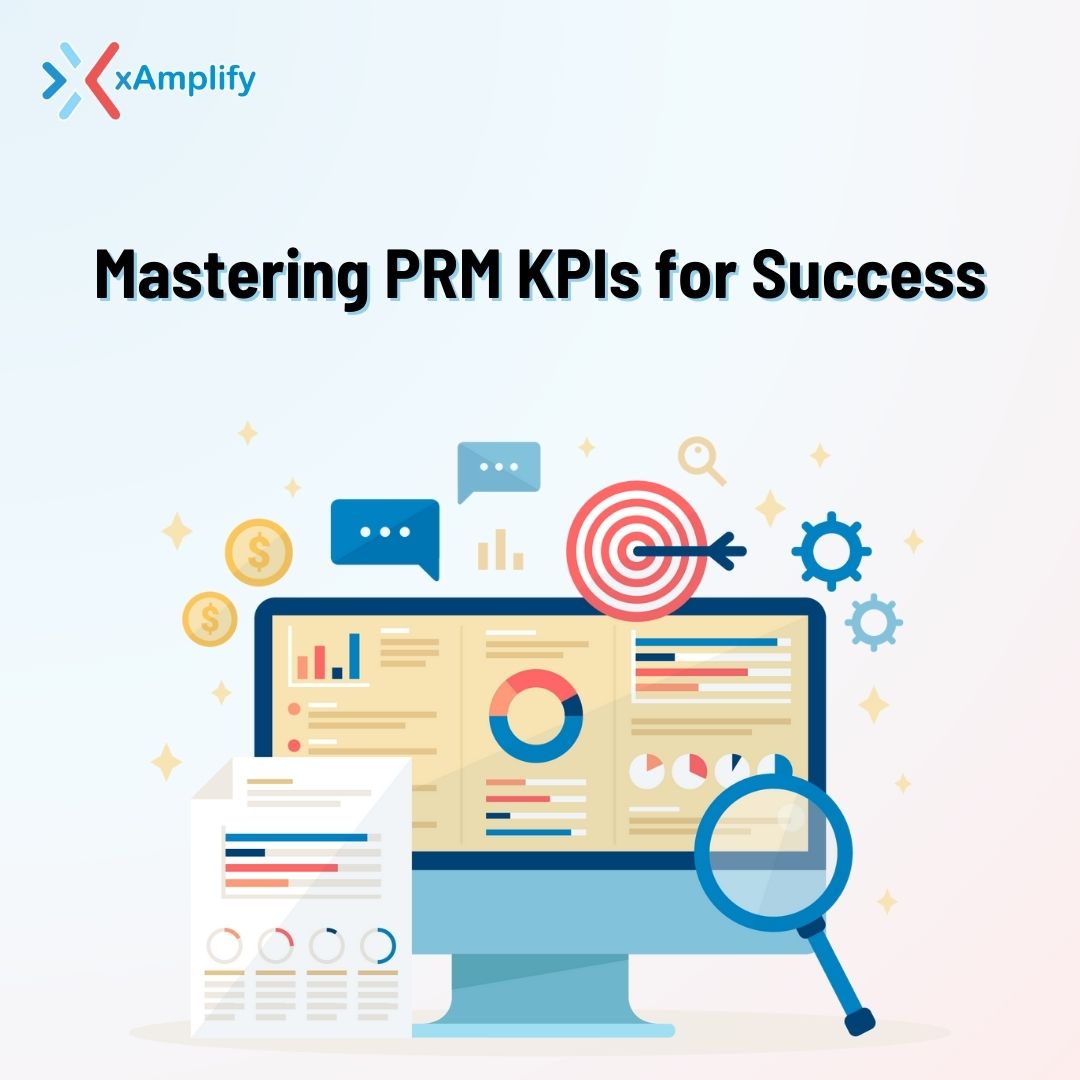This is in respect of the fact that driving home the leads through the effective use of PRM KPIs is very crucial to sustained success in the dynamic realm of PRM. As companies increasingly rely on strategic partnerships in driving growth and expanding market reach, it becomes quite important that one masters the metrics in order for them to achieve more than being a mere necessity. In this article, we look at the key KPIs that a business needs to track in ensuring the optimization of the PRM strategy.
Defining Key Performance Indicators: The Foundation of PRM Success
This is far more important than specific metrics, which define what success really looks and feels like in PRM. While driving revenue is often the key objective, effective PRM encompasses a broad spectrum of objectives, such as partner engagement, lead generation, deal acceleration, and customer satisfaction.
In light of that, such goals enable organizations to spot and prioritize KPIs in line with strategic objectives. By continued monitoring and analysis of these metrics, businesses are able to drive continuous improvement through data-driven decisions that develop actionable insights about the health of the partner ecosystem.
Key KPIs Indicating PRM Success
1. Partner Engagement Metrics: First and foremost, partner engagement is a very fundamental indication of your partner relationship strength. Metrics around the partners logging in, consuming content, and taking training will tell how active and truly engaged they are. As high as the engagement is, as collaborative and successful the joint business activities are likely to be.
2. Volume and Quality of Leads Created-Conversion Rates: Being able to understand how many leads are coming in, and what quality of leads are coming in through the partner channels, speaks volumes regarding how well your partner marketing is really working. Metrics include lead volume, conversion rates of leads into opportunities, and partner-sourced revenue to quantify the contributions your partners make into the sales pipeline. These metrics let businesses know who the best-of-breed partners are and help them put more efficient lead generation strategies in place.
3. Speed of Deals and Win Rates: The pace at which deals flow into the sales pipeline and the share of such deals that get won indicate efficiency and effectiveness in sales. In this respect, the organization should track the average deal cycle time, win rates by partner, and deal size to identify potential inefficiencies within the sales process and take remedial actions to expedite the process of closing. Moreover, win rate analysis can enable in-depth perceptions about the performance of the partners and indicates where improvements should be made.
4.Customer Satisfaction and Retention: Partner-driven revenue is all about earning customers and building long-term relationships, driving customer success. Metrics such as NPS, customer satisfaction surveys, and churn rates of partner-acquired customers are how you know your customer base is happy and loyal. High levels of customer satisfaction and retention provide evidence that value is being delivered effectively by your partner ecosystem to the end-customer.
5. Revenue and ROI Metrics: This is where the success of PRM efforts has to be gauged in terms of the revenue that comes in and the return on investment the initiatives bring. Partner-sourced revenue, partner-influenced revenue, and ROI from partner marketing programs-these metrics offer quantitative insight into the financial impact derived from your partner relationships. By attributing revenue to specific partners and campaigns, businesses can assess the effectiveness of their PRM investments and allocate resources appropriately.
How to Leverage PRM Metrics for the Best Results
Apart from the monitoring of KPIs, equal significance needs to be directed towards the development of a framework through which data is interpreted and acted upon. Presented below are best ways to leverage PRM metrics:
Regular Monitoring and Analysis: Keeping a constant track of the key indicators provides a conception regarding the emerging trends, patterns, and outliers. One can make proactive decisions with the help of regular analysis and thereby change PRM strategies at the right time.
Benchmarking and Comparison: KPIs need to be measured against the industry benchmark and historical performances for any progress assessment and pinpointing areas for improvement. Benchmarking itself shows very useful context on the effectiveness of your PRM efforts.
Feedback Loop in Collaboration: Set up open lines of communication and collaboration between internal teams and partner organizations to garner information and feedback. Through partners, one may get great insights into how best PRM programs are functioning and where they need optimization.
Iterative Improvement: Manage PRM as a process of iterative improvement. Being data-informed will help you iterate on strategies, optimize processes, and continuously grow and innovate within your partner ecosystem.
This enables the businesses to master the metrics at the core of PRM success. Monitoring and analyzing key performance indicators offers valuable insights into PRM effectiveness and continuous improvement. From engaging partners to generating leads, from generating revenue to satisfying customers, the metrics in this article give a comprehensive framework for evaluating and optimizing PRM strategies. By prioritizing data-driven decision-making and fostering a culture of continuous improvement, organizations can maximize the value of their partner relationships and drive sustained growth and profitability. xAmplify’s platform is designed to help track and manage these metrics and much more.

